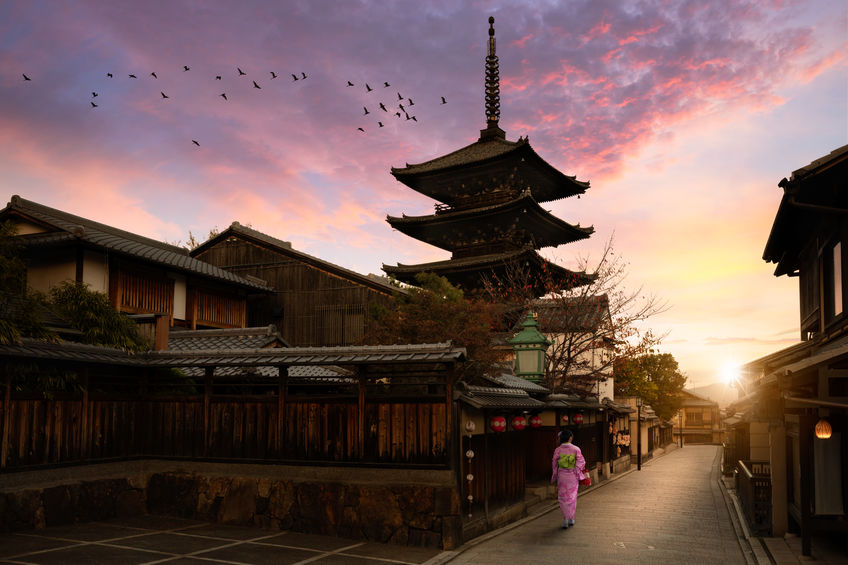First non-legendary Emperor of Japan

First non-legendary Emperor of Japan
Who was the first real Emperor of Japan?
Emperor Jimmu is known as the first Emperor but there is no evidence that he even existed. It is still a mystery who the first non-legendary emperor was.
The Enigmatic Origins of Japanese Monarchy: Unraveling the Mystery of the First Historical Emperor
Introduction
Japan’s Imperial lineage, touted as the oldest hereditary monarchy in the world, has its roots steeped in both history and mythology. The Yamato Dynasty, as it is often referred to, traces its lineage back to Emperor Jimmu, Japan’s legendary first Emperor, whose supposed reign began in 660 B.C. Yet, despite Emperor Jimmu’s significant place in Japan’s narrative, he remains a mythical figure whose actual existence is shrouded in mystery, opening an intriguing historical question: who was the first “real” Emperor of Japan?
The Legend of Emperor Jimmu
As per “Nihon Shoki” (Chronicles of Japan) and “Kojiki” (Record of Ancient Matters) — the oldest chronicles of Japan, Emperor Jimmu was not a mere mortal but a direct descendant of the sun goddess Amaterasu. However, the lack of tangible archaeological or historical evidence to substantiate the existence of Emperor Jimmu has led to a consensus among scholars that he was likely a legendary figure, a myth created to reinforce the divine legitimacy of the Imperial family.
Searching for the First real Historical Emperor
If not Emperor Jimmu, then who was the first non-legendary Emperor? The answer to this question isn’t straightforward. Many ancient emperors after Jimmu were also largely considered mythical until the 5th Century A.D. However, the lack of written records during these early centuries complicates efforts to distinguish fact from fiction.
The early 5th Century marks the point where Japan’s historical narrative starts to reveal more solid ground. Here, we come across Emperor Ōjin, who reigned from around 270 to 310 A.D., according to traditional accounts. Some historians believe Emperor Ōjin to be the first monarch for whom there is some historical evidence, though it is still fragmentary and not beyond dispute. However, his mausoleum, one of the old mound tombs or ‘kofun’, is still identifiable, providing some degree of credibility to his existence.
Another potential contender is Emperor Kinmei, who reigned from 539 to 571 A.D. What makes Kinmei stand out from his predecessors is that his reign aligns with the start of recorded Japanese history. He is the first Emperor mentioned in the ‘Nihon Shoki’ whose existence can be correlated with existing historical documents and archaeological findings, such as the inscriptions on the Inariyama Sword.
However, even with Emperor Kinmei, there is no consensus. The title ‘Emperor’, or ‘Tenno’ in Japanese, wasn’t widely used until the reign of Emperor Tenmu (673-686 A.D.). Tenmu was the first to consistently use the title, aligning the role more closely with how we understand the term ‘Emperor’ today.
Conclusion
Determining the first “real”, “non-legendary” Emperor of Japan thus remains a matter of interpretation, and the search continues to be an intriguing historical enigma. Whether one settles on Emperor Ōjin, Emperor Kinmei, or Emperor Tenmu, these figures highlight the transition in Japan’s early history from a period of myth and legend to a more historically verifiable era. Their stories, real or mythical, have played a vital role in shaping the cultural and national identity of Japan.










